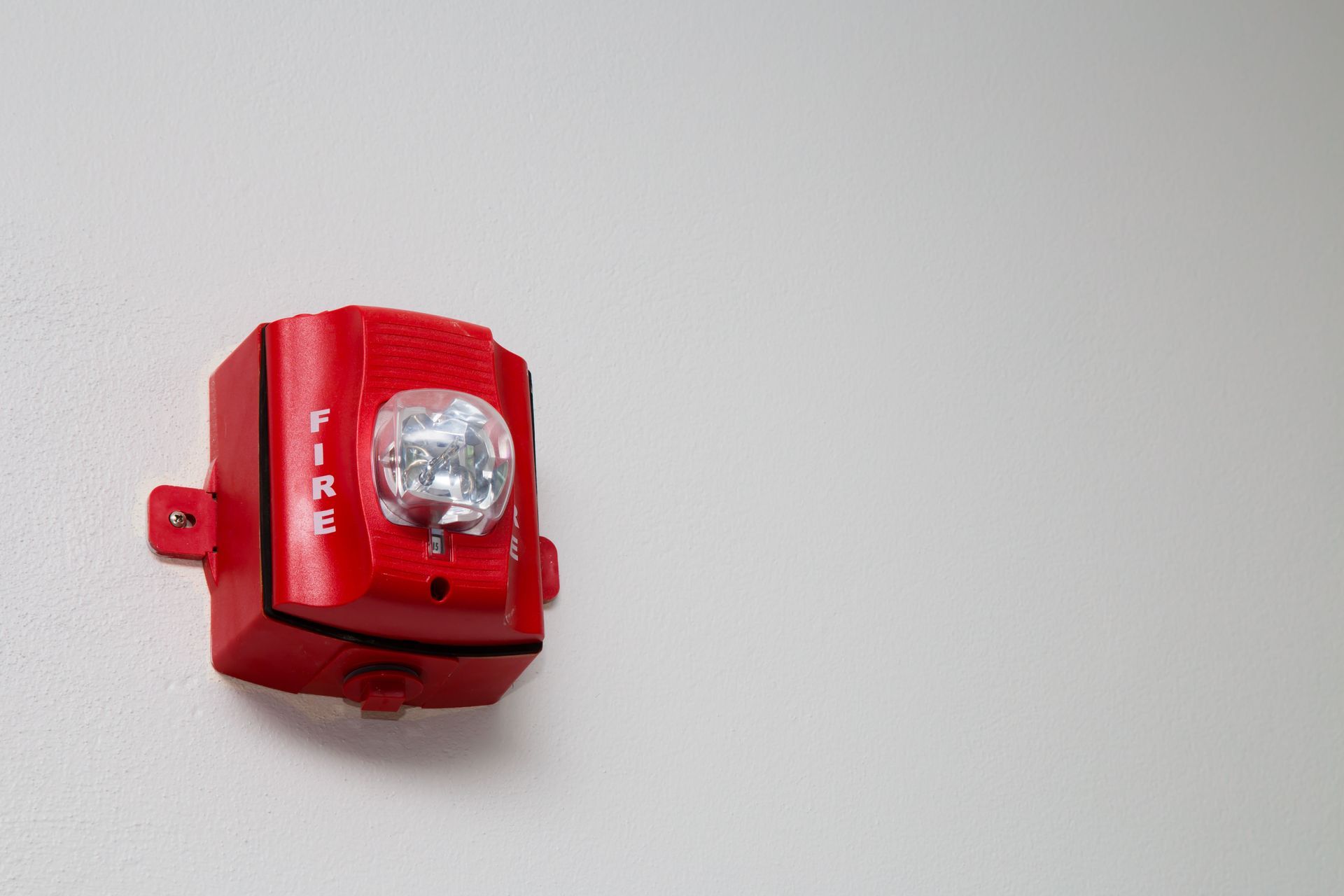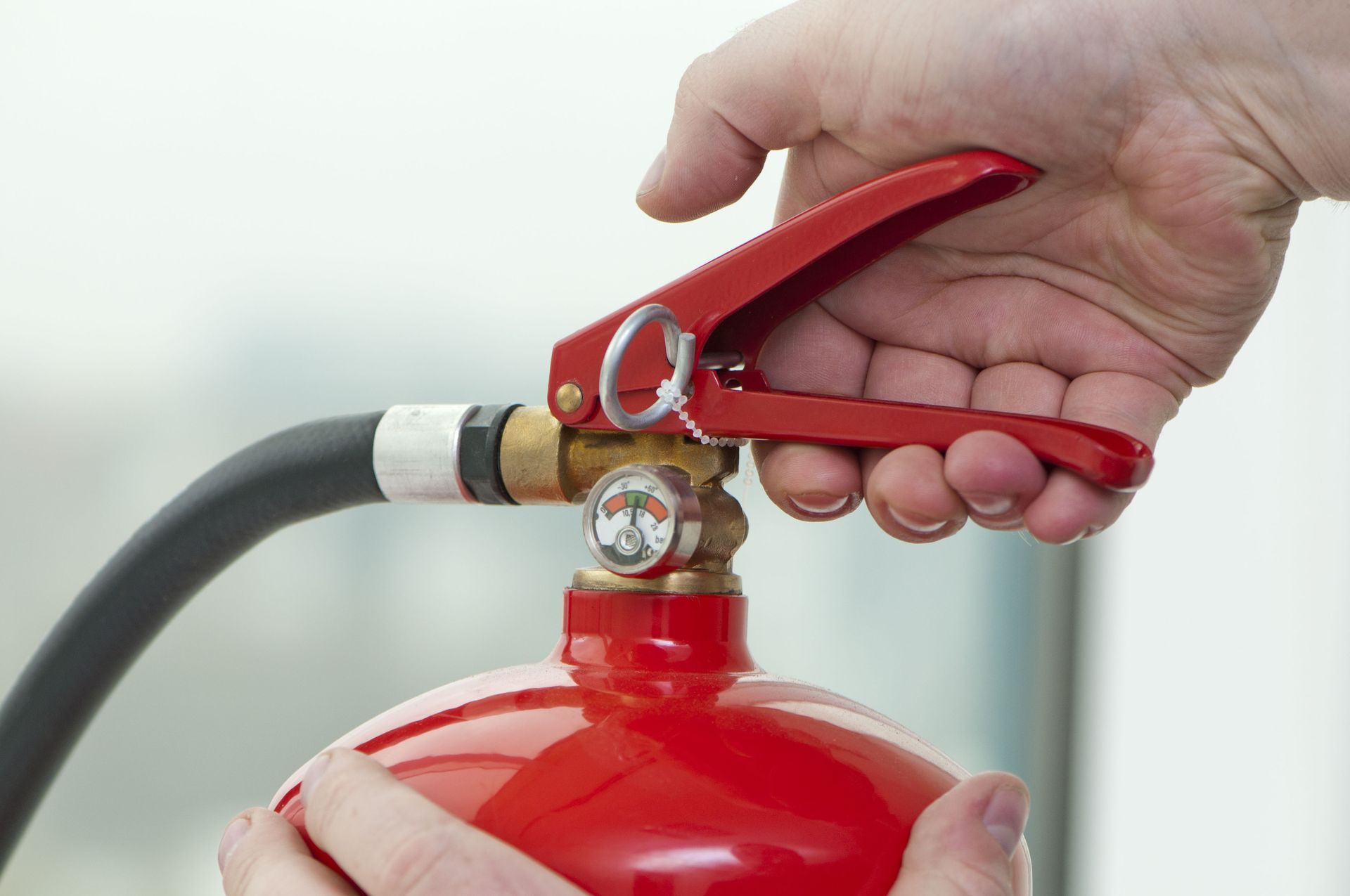October 17, 2025
Understanding and implementing fire safety measures can prevent devastating consequences. This article outlines common fire safety tips that everyone should be aware of to protect themselves, their loved ones, and their property. Effective fire safety practices are essential for reducing risks and ensuring that individuals are equipped with the knowledge to act quickly and correctly in case of a fire. By being aware of these fire safety measures, we can dramatically decrease the likelihood of a fire spreading and causing destruction. Read on to discover vital fire safety tips that can help you maintain a protected and secure environment.
1. Installing and Maintaining Smoke Alarms
Smoke alarms are indispensable devices in preventing fatalities in home fires. According to Fire & Safety Journal Americas, working smoke alarms reduce the risk of dying in a home fire by 60%. These devices provide early warning signals that give occupants critical minutes to evacuate safely. Installing smoke alarms in every bedroom, outside sleeping areas, and on every level of the home, including the basement, maximizes protection. It's important to follow the manufacturer's guidelines on installation heights and locations to ensure optimal performance.
Choosing the right type of smoke alarm can significantly impact its effectiveness. There are several types of smoke alarms, including ionization, photoelectric, and dual-sensor alarms, each with specific advantages. Ionization alarms tend to be more responsive to flaming fires, while photoelectric alarms are generally more sensitive to smoldering fires. For comprehensive protection, dual-sensor alarms combine the functionalities of both ionization and photoelectric technologies. Evaluating the specific needs of your household can help in selecting the appropriate type.
Maintaining your smoke alarms is crucial to ensure they function correctly when needed. Regularly test your smoke alarms at least once a month by pressing the test button to verify they are operational. Replace the batteries at least once a year or whenever the low battery signal sounds. It's also important to completely replace smoke alarms every 10 years or according to the manufacturer’s instructions, as sensors can degrade over time, reducing their effectiveness in detecting fires.
2. Creating and Practicing an Evacuation Plan
Designing a comprehensive family evacuation plan is a fundamental aspect of fire safety. A well-thought-out plan provides clear instructions and designates specific routes for escaping the home in case of an emergency. Involving every family member in creating the plan ensures everyone knows the steps to take, reducing confusion and panic during an actual evacuation. Maps should clearly mark exits, and individuals should be assigned roles, such as checking on children or assisting those with mobility challenges. This type of preparation enhances readiness and confidence in case of a fire.
Practicing fire drills is an essential component of ensuring that the evacuation plan is effective. Conducting regular fire drills allows all household members to rehearse the procedures, making the evacuation process second nature. It's advisable to simulate different scenarios, such as blocked exits, to prepare for unexpected situations. Practicing in various conditions and at different times can also provide valuable insights into how the plan holds up under diverse circumstances. The more frequently these drills are practiced, the more effectively everyone will respond when faced with a real fire emergency.
Knowing two ways out of every room is another critical aspect of a successful evacuation plan. Identifying alternative exit routes ensures that individuals have options if their primary path is inaccessible. Primary exits typically include the nearest door, and secondary exits can be windows or other doors leading to safe areas. Designating a safe meeting place outside the home is also essential to account for all people and provide crucial information to first responders. By thinking ahead and always having a backup plan, families can bolster their fire preparedness.
3. Keeping Fire Extinguishers Accessible
Fire extinguishers are valuable tools for controlling small fires before they escalate. Different types of fire extinguishers are designed for specific fire classes, such as A, B, C, D, and K. Understanding these classes helps individuals choose the right extinguisher for the potential fire risks present in their home. Multi-purpose extinguishers, like an ABC type, cover many common fire types and are recommended for general household use. Installing fire extinguishers in key locations, such as the kitchen, garage, and near exits, ensures they can be quickly accessed in an emergency.
Proper placement of fire extinguishers can greatly influence their effectiveness during a fire event. They should be mounted on walls and clearly visible, typically between three and five feet from the ground to accommodate easy access for all users. It's important to locate extinguishers in areas where fires are most likely to start, such as kitchens, workshops, and near appliances. Placement should also consider exit routes so individuals can safely retreat after using an extinguisher. Avoid placing them near heat sources, as this could cause the extinguisher to malfunction or become inaccessible during a fire.
Learning how to use a fire extinguisher is key to effectively deploying it during a fire. The PASS technique—Pull, Aim, Squeeze, Sweep—provides a straightforward method for operation. Pull the pin, aim the nozzle at the base of the fire, squeeze the handle, and sweep side-to-side at the base until the fire is extinguished. Regular hands-on training enhances confidence and ensures swift and efficient use. It's also crucial to inspect extinguishers regularly and ensure they are not damaged, have visible pressure indicators in the green zone, and are replaced or recharged when necessary.
4. Practicing Safe Cooking
Cooking is a leading cause of home fires, making safe practices in the kitchen vital to fire prevention. One of the most crucial rules is never leaving cooking food unattended. Distractions are a major risk factor, as even a brief absence from the cooking area can lead to a fire. Always have someone present when cooking, especially when using high heat or frying with oil. Utilizing timers as reminders can help avert kitchen disasters by ensuring cooks return promptly if they need to step away.
Keeping flammable objects away from stoves and other cooking appliances is equally important. Items like paper towels, dishcloths, wooden utensils, and even cooking oil can ignite easily if exposed to high heat or open flames. By clearing the area around stoves and cooktops, the risk of a fire spreading can be significantly reduced. It's also advisable to avoid loose-fitting clothing while cooking, as these can easily catch fire when in close proximity to flame or heat.
Proper handling of grease fires is critical, as these can quickly escalate if not addressed correctly. Water should never be used to extinguish a grease fire, as it can cause the fire to spread. Instead, covering the pan with a metal lid or using baking soda, if available, can smother the fire. A class B or K fire extinguisher may also be used if the situation is manageable and appropriate for the extinguisher type. Practicing these procedures in simulated scenarios can improve response efficiency and minimize risk.
By keeping these fire safety tips in mind and incorporating them into daily routines, individuals can greatly reduce the risk of fire-related incidents. The effectiveness of these strategies relies on consistent vigilance and the proactive education of family members. Regularly reviewing and updating safety measures ensures that households remain prepared for fire risks. The collective effort to maintain and enhance fire safety not only protects property but also saves lives. Together, through awareness and action, we can create safer living environments for everyone. If you're interested in investing in fire safety products, make sure to contact Elite Brothers Fire & Safety today!


